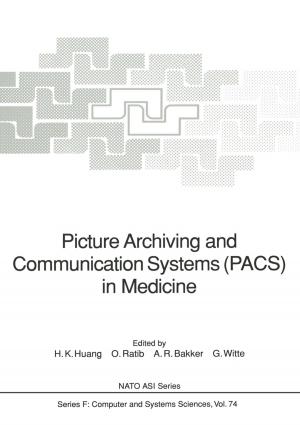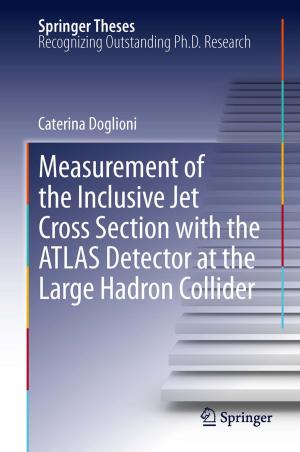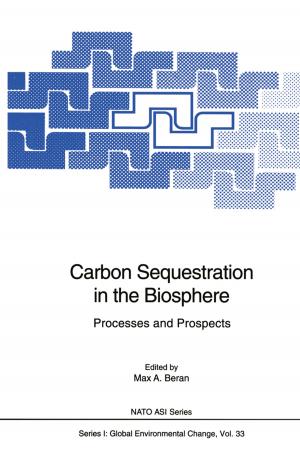Fluorescent Proteins II
Application of Fluorescent Protein Technology
Nonfiction, Science & Nature, Science, Chemistry, Analytic, Other Sciences, Molecular Biology| Author: | ISBN: | 9783642233777 | |
| Publisher: | Springer Berlin Heidelberg | Publication: | January 5, 2012 |
| Imprint: | Springer | Language: | English |
| Author: | |
| ISBN: | 9783642233777 |
| Publisher: | Springer Berlin Heidelberg |
| Publication: | January 5, 2012 |
| Imprint: | Springer |
| Language: | English |
Fluorescent proteins are intimately connected to research in the life sciences. Tagging of gene products with fluorescent proteins has revolutionized all areas of biosciences, ranging from fundamental biochemistry to clinical oncology, to environmental research. The discovery of the Green Fluorescent Protein, its first, seminal application and the ingenious development of a broad palette of fluorescence proteins of other colours, was consequently recognised with the Nobel Prize for Chemistry in 2008.
Fluorescent Proteins II highlights the physicochemical and biophysical aspects of fluorescent protein technology beyond imaging. It is tailored to meet the needs of physicists, chemists and biologists who are interested in the fundamental properties of fluorescent proteins, while also focussing on specific applications. The implementations described are cutting-edge studies and exemplify how the physical and chemical properties of fluorescent proteins can stimulate novel findings in life sciences.
Fluorescent proteins are intimately connected to research in the life sciences. Tagging of gene products with fluorescent proteins has revolutionized all areas of biosciences, ranging from fundamental biochemistry to clinical oncology, to environmental research. The discovery of the Green Fluorescent Protein, its first, seminal application and the ingenious development of a broad palette of fluorescence proteins of other colours, was consequently recognised with the Nobel Prize for Chemistry in 2008.
Fluorescent Proteins II highlights the physicochemical and biophysical aspects of fluorescent protein technology beyond imaging. It is tailored to meet the needs of physicists, chemists and biologists who are interested in the fundamental properties of fluorescent proteins, while also focussing on specific applications. The implementations described are cutting-edge studies and exemplify how the physical and chemical properties of fluorescent proteins can stimulate novel findings in life sciences.















